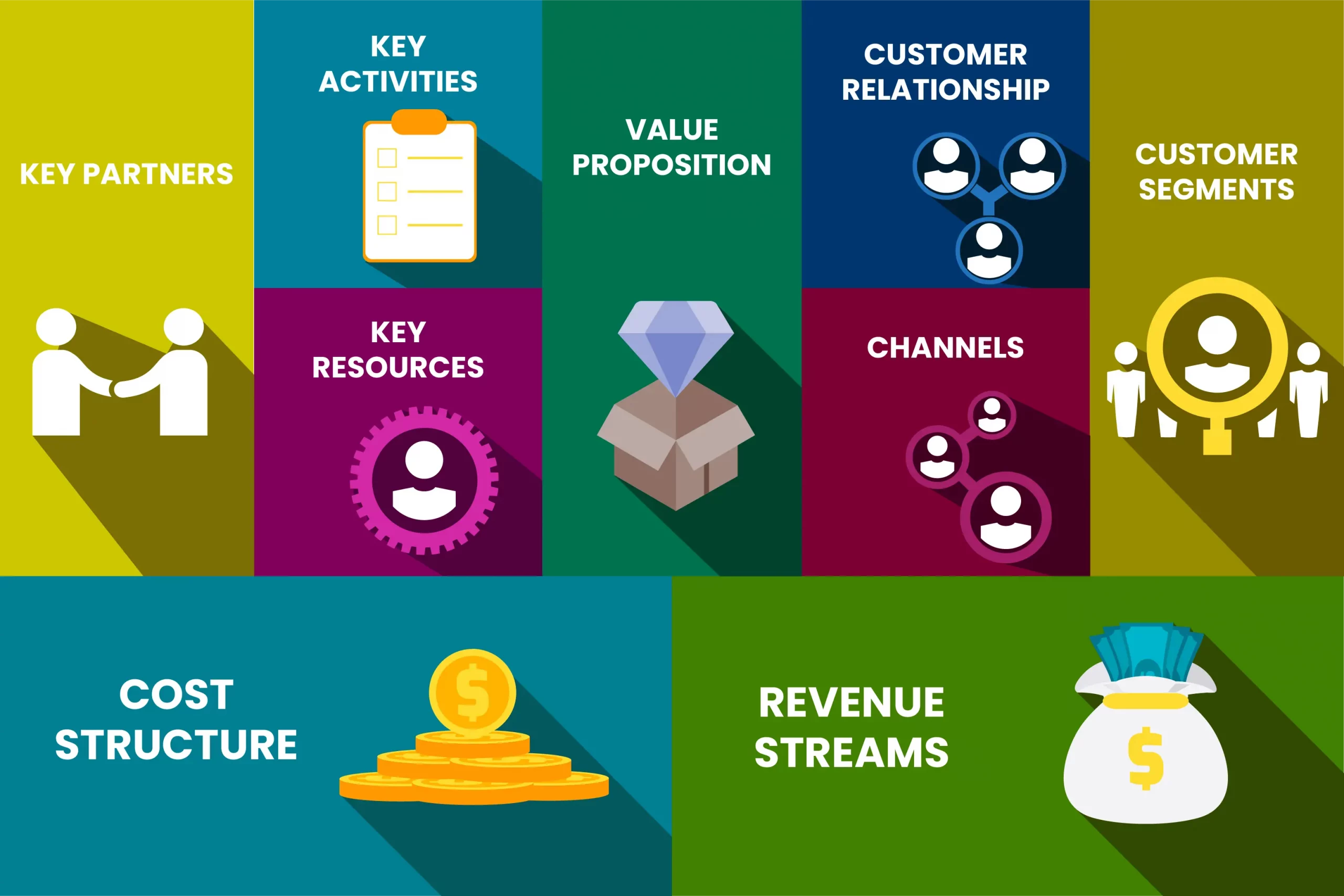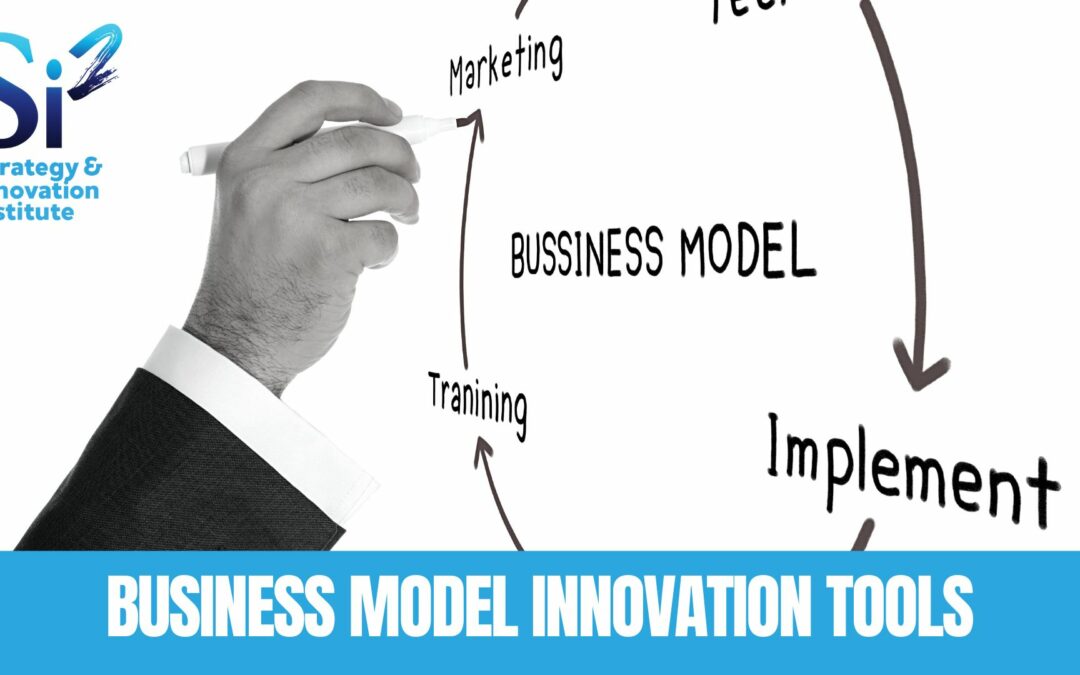As businesses look to stay competitive in today’s fast-paced and constantly changing marketplace, business model innovation has become increasingly important. But where do you start when it comes to developing new and unique ways of creating, delivering, and capturing value?
One of the best tools for business model innovation is the Business Model Canvas, developed by Alexander Osterwalder. This visual tool helps companies map out the key elements of their business model on a single page, including customer segments, value proposition, channels, customer relationships, revenue streams, key resources, key partners, key activities, and cost structure. By filling out the canvas and continually reviewing and updating it, companies can gain a clear understanding of their business model and identify opportunities for innovation.

For example, let’s say a company sells a software product to small businesses. The Business Model Canvas might look something like this:
- Customer Segments: Small businesses Value Proposition: Easy-to-use software that helps small businesses streamline their operations and save time and money Channels: Online sales, channel partners Customer Relationships: Self-service, online support Revenue Streams: Subscription fees, one-time fees for additional features Key Resources: Software development team, customer support team Key Partners: Channel partners, integrators Key Activities: Software development, marketing, customer support Cost Structure: Research and development, marketing, customer support
By analyzing this canvas, the company might identify a few opportunities for business model innovation. For example, they might consider expanding their customer segments to include medium-sized businesses, or adding a new revenue stream by offering training or consulting services to their customers.
Another useful tool for business model innovation is the Value Proposition Canvas, also developed by Osterwalder. This tool helps companies understand the needs and wants of their target customers, and how they can create value for them. It consists of two parts: the customer profile, which outlines the characteristics and needs of the target customer segment, and the value map, which outlines the benefits and features that the company’s product or service offers to meet those needs.
Other tools and frameworks that can be helpful for business model innovation include Lean Startup, Lean Canvas, Design Thinking, and Agile.
Lean Startup, developed by Eric Ries, is a method that helps companies build and scale innovative products and services quickly and efficiently. It involves iterating rapidly through the build-measure-learn feedback loop, testing and refining prototypes with customers, and using data to make informed decisions.
The Lean Canvas, developed by Ash Maurya, is similar to the Business Model Canvas, and is the leading lean startup tool. The Lean Canvas includes nine building blocks: problem, solution, key metrics, unique value proposition, unfair advantage, channels, customer segments, cost structure, and revenue streams. The Lean Canvas can be especially helpful for startups and other companies that are still in the early stages of development, as it allows them to focus on the customers’ problems and existing alternatives before committing significant resources.
Design Thinking is a creative approach to problem-solving that involves empathizing with users, defining problems, ideating solutions, prototyping, and testing. It can be used to generate new ideas for business model innovation and ensure that they are grounded in a deep understanding of customer needs.
Agile is a project management approach that emphasizes flexibility, collaboration, and continuous iteration. It can be used to help companies innovate their business model by allowing them to respond quickly to change and incorporate feedback from customers and other stakeholders.
In conclusion, there are many tools and frameworks available to help companies innovate their business model. By using tools like the Business Model Canvas and the Value Proposition Canvas, companies can gain a deep understanding of their customers, their industry, and the market forces at play, and identify opportunities for innovation. Lean Startup, Design Thinking, and Agile can then be used to help companies quickly and efficiently test and iterate on new ideas and bring them to market.
If you’re looking to innovate your business model but aren’t sure where to start, don’t let fear of the unknown hold you back. Contact us to take the first step towards business model innovation today!

